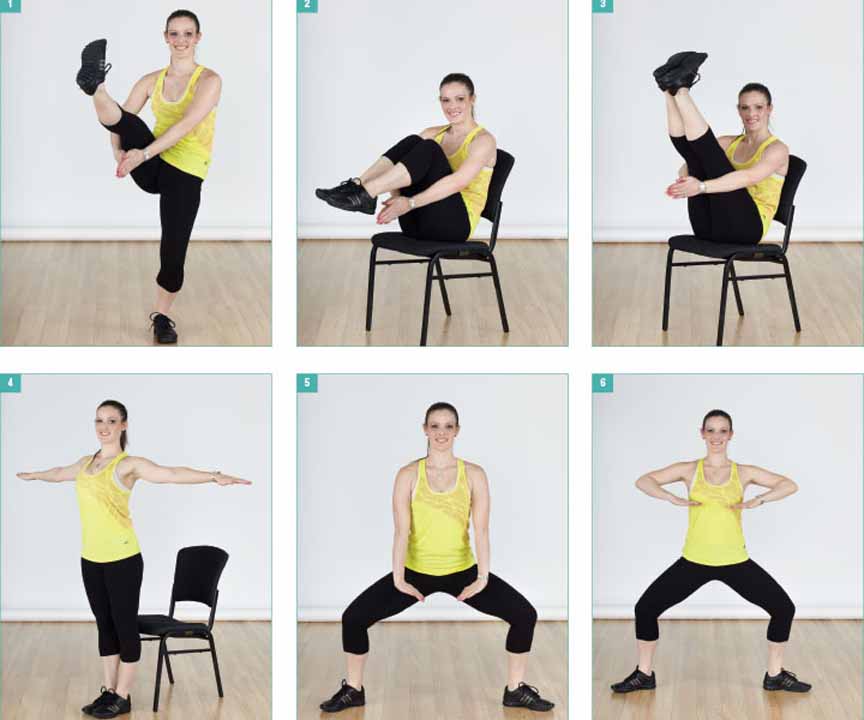Author – Kayla Duke – ePublication of Australian Fitness Network – Resources Library.

By providing three progressions of each exercise you instruct, you can challenge experienced participants while also catering for those new to the aqua environment and those seeking a less intense workout, says Kayla Duke.
In today’s diverse group exercise marketplace aqua aerobics instructors need to be increasingly creative in order to keep participants interested and motivated – while ensuring each and every one receives an efficient and appropriate workout. When working with multi-level participants in the one class, an effective way to cater for everyone is to layer up and progress your exercises and routines. This is also a great way to refresh old choreography, creating a varied class without having to start from scratch, and providing a challenge to regulars while making sure beginners still have a good – and achievable – workout.
I like to create choreography for each song I play, giving one move to the chorus, another move to the verse and yet another to the instrumental sections. This pattern is then repeated using progressions of the exercises at the repetition of each segment of the music.
After repeatedly hearing ‘your music is too fast’ from new participants, while regulars were pushing it all the way and comfortably keeping on the beat, I realised that many newcomers are a little slower in getting into position while they adapt to exercising in the aquatic environment. It is helpful to encourage them by pointing out that executing aerobics moves in water is quite different to on land and takes a bit of getting used to. With a little perseverance, most new participants will be up to pace at the base level of the routine after a few classes.
By watching regulars who are used to pushing through the water, I also came to the realisation that the more options I gave, with a bit of education, the more readily beginners discovered that when the music is continuing at the same tempo they must work harder with each progression to keep to that beat. If they still cannot stay on the beat, they need to regress their choice of move to an option/level where they can.
Progressing aqua aerobics moves not only helps you cater for multi-levels in the one class, but also assists your participants to challenge themselves with the level where they can keep to the beat of the music. I always try to give three different levels or options when working in this type of format. Slicing the hands through the water, for example, is faster and less challenging than using flat or scooping hands, which need a stronger push through the water, and hence progress the move up a level. Similarly, working with longer levers, such as a straight leg kick rather than a flick kick, is considerably more difficult.
THE MOVES
As always, ensure you try every new aqua aerobics progression in the pool, because moves practiced on the land are very different to moves performed in the water, and the guesses of even very experienced aqua instructors can sometimes be inaccurate. The following examples demonstrate how I typically build and progress aqua aerobics exercises:
KICK, TUCK, STRAIGHT LEGS
Option 1: Perform a front leg kick with a clap underneath the leg, continue to alternate the leg and open the arms before clapping under the other leg (photo 1). Note: the wider and straighter you open the arms in between each kick, the more challenging the workout will be for the upper body.
Option 2: Jumping up both legs at once (photo 2). This lifts the heart rate as well as the legs! Participants will need to really work the body, especially on the downward motion, as if they just relax and float down they will be too slow to stay on the beat of the music.
Option 3: Very similar to the previous option, but with straight legs to make it even more challenging (photo 3).
For options two and three, always finish each move standing tall with the arms out wide in order to get even more out of the exercise (photo 4).
STRADDLE
Option 1: A straddle provides a strong base of support with focus on the arms, pushing down and up (photos 5 & 6).
Option 2: Maintaining the same arm movement, add a straddle jump, pushing and pulling the arms and legs against each other to create turbulence in the water, and involving the legs in the exercise.
Option 3: Keeping the straddle jump movement, this time bring the legs all the way out to straight position, like a wide mermaid flick floated kick.
Try these exercises with your class, and also re-evaluate your existing aqua exercises and class plans to identify where you can implement this method to make the most of your choreography. Doing so will challenge your participants and keep them coming back for more, while also catering for any first timers and those who need a less intense workout.
